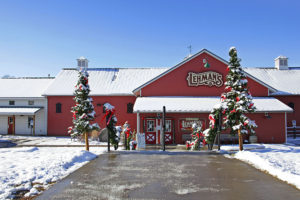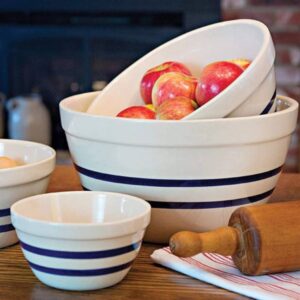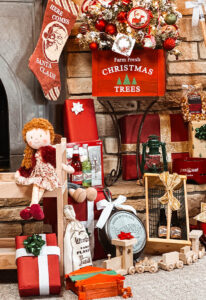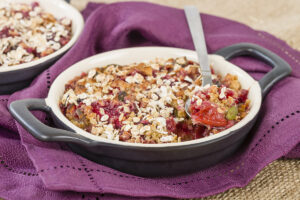It has been an unseasonably warm winter here in Ohio and my hoe and trowel got their first work out in early February this year. Even though I fear that a myriad of bugs survived in this mild winter, I also realize that I am not in control of the weather so I need to gracefully adjust to what comes my way. I am starting some of my spring planting earlier than normal which is a bit risky as there is still potential for real winter temperatures. By using my cold frames, I have some control over the temperatures to safely give my plants a head start.
this year. Even though I fear that a myriad of bugs survived in this mild winter, I also realize that I am not in control of the weather so I need to gracefully adjust to what comes my way. I am starting some of my spring planting earlier than normal which is a bit risky as there is still potential for real winter temperatures. By using my cold frames, I have some control over the temperatures to safely give my plants a head start.
A cold frame is basically any unheated structure to protect your plants. I have a small high tunnel I can walk into plus an eclectic assortment of smaller structures, many constructed from recycled materials. So under my low tunnels made with wire produce hoops covered with heavy plastic, my fall planted spinach and Swiss chard are beginning to grow again. On a balmy day in early February the ground was dry enough to work and I enjoyed an afternoon of weeding my low tunnel plus transplanting baby lettuces to empty spaces. Under my plastic white barrel halves I have kale ready to pick and parsley growing again and I will soon be planting several rows of radishes. My cold frame made from old trampoline legs on wooden skids and covered with plastic is protecting some lovely mache and once that is harvested the next occupant will be 100 lettuce seedlings. This early head lettuce is usually ready three weeks before my unprotected lettuce.

In my high tunnel, the fall arugula is starting to flower in early March and we picked the last bok choy recently. I planted some Dwarf Gray Sugar peas around a trellis to produce pea shoots and blossoms for our spring salads. Meanwhile, the shelves in my high tunnel are now laden with flats of onions, leeks, broccoli, cabbage and lettuce. Normally I start these flats in the house so there enough heat for them to germinate but this year’s early warmth makes me thankful we don’t have to trip over flats setting by our radiator. These are all cold hardy plants that can handle the chilly night time temperatures. My early tomato seedlings however will get to stay in the protective warmth of the house for at least another month before they are ready to transition to the cold frames.
Cold frames will also protect a few of my onion sets, help along a couple rows of snap peas and start some rows of early carrots. As the temperatures increase I need to be alert to vent or even remove some of the frames on sunny days lest I risk baking the tender plants prematurely. Once my cold hardy crops can thrive without cover around mid-April, the cold frames are moved to crops like green beans, tomatoes and peppers to give them a head start on their season.
Jump starting your spring and summer crops with cold frames is definitely worth the extra effort when you start harvesting fresh food a couple weeks ahead of your neighbors. Actually, some of my best salad customers are gardeners who come in from planting their spring gardens and give me a call to order a weekly fresh salad from my cold frames until theirs is ready to harvest. So give cold framing a try in your garden this spring, it’s one more tasty step toward backyard sustainability.




























If this is how winter is in Ohio then we will take it again next year. : )
[…] out Karen’s article on cold framing for more […]